October 09, 2020
Intermodal Success, Growth, Hinges on Balanced Economic Regulation
U.S. railroads originated more than 1.4 million containers and trailers in September 2020, up 7.1 percent, or 94,351 units, from the same month last year – making it the fourth best intermodal month in history for U.S. railroads. Buoyed by surprisingly strong consumer spending on everyday goods railroads quietly move, the rail sector continues its work with its partners in the trucking sector to bring crucial products to market.
Indeed, railroads are rapidly moving goods that at one point slowed or stalled at U.S. ports. “Container imports are flowing back into the U.S. after a six-month hiatus, with U.S. retailers knocked back by pandemic-driven lockdowns now stocking up before the holiday season,” says the Wall Street Journal.
The ability to service the traffic, enabled by some $25 billion per year in annual investments, is no accident. In fact, the investment and associated gains in safety, service and productivity are a direct result of a balanced economic regulatory structure that turns 40 years old on October 14, 2020.
The date merits attention and celebration – not just because the industry was put on a path to prosperity that serves customers well to this day – but because the structure maintained today will enable the rail industry to meet freight demand for the next 40 years and beyond.
By way of background, President Jimmy Carter signed into law the Staggers Rail Act in 1980 as a clear alternative to nationalizing the industry and rendering it a utility-like service. In doing so, it instilled a system long heralded as the ideal structure for economic regulation: let the market work where there is ample competition but let the government regulate activity where added oversight is needed.
“The evidence strongly indicates that rail deregulation has accomplished its primary goal of putting the U.S. rail freight industry on a more secure financial footing,” says Brookings Institution expert Clifford Winston. “Surprisingly, deregulation has also turned out to be a great boon for shippers as rail carriers have passed some of their cost savings to them in lower rates and significantly improved service times and reliability.”
The core elements of the Staggers Act, overseen by the U.S. Surface Transportation Board (STB), remain today and will help railroads continue to meet the challenges of tomorrow. Namely:
- Railroads can price competing routes and services differently. Railroads can price according to market demand and operate over their most efficient routes.
- Railroads and shippers can maintain confidential contracts, which were effectively banned in the pre-Staggers era.
- Regulators explicitly recognize the need for railroads to earn necessary revenues to attract private capital.
- Explicit rate regulation is avoided in market segments where regulation is not needed to protect shippers from an abuse of rail market power – including, prominently, in the cutthroat intermodal sector.
The foresight of bipartisan legislation in 1980 is remarkable today, especially at a time when “deregulation” has become somewhat polarizing. Targeted to rail economics with a goal of spurring competition and private investment, the law is an unquestioned success. It continues to help railroads evolve to meet changing market demands, including an increased emphasis on intermodal reliability and serving ecommerce activity.
Yet it is no guarantee and is thus worth protecting. Celebrating 40 years of the Staggers Act should remind us all that railroads operate in a dynamic environment sure to intensify in the years to come due to increased technology. Regardless of who controls Congress, the White House or the STB, the truth remains: the current regulatory system works well for customers and the broader economy and must not be upended.
This is a widely held view held by policy experts and stakeholders regardless of political affiliation.
The coronavirus pandemic has taught us many lessons, namely the need for reliable and efficient freight movements – including rail intermodal service. Let us celebrate the 40th anniversary of the Staggers Act and fight to maintain its core elements for future.
Add new comment
2024 PARTNERS
A special thank you to our premium level partners for your continued support.



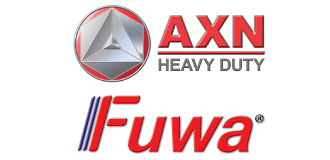









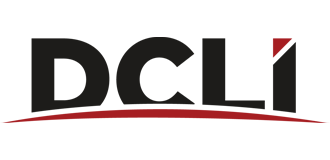












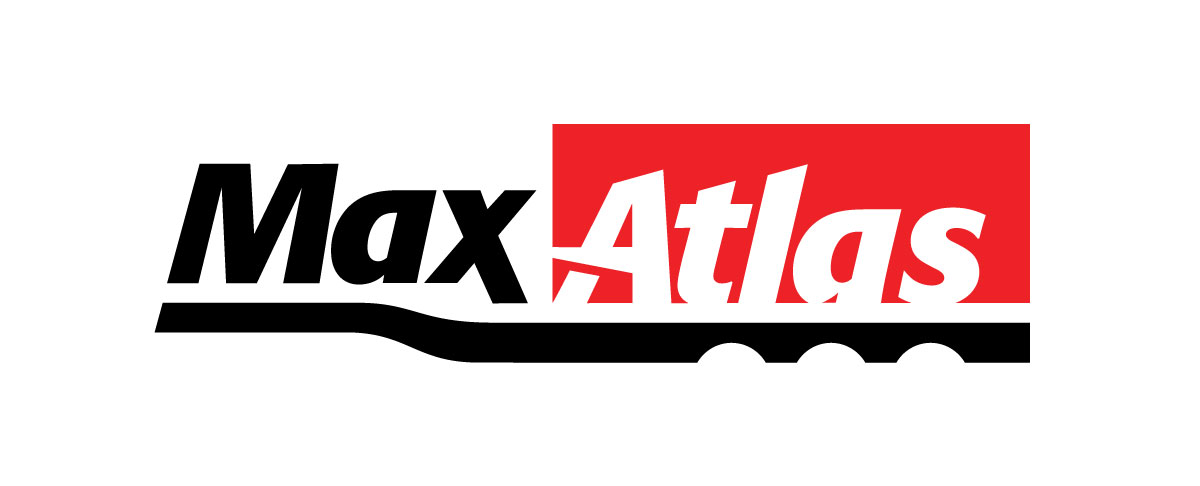
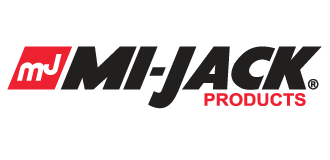
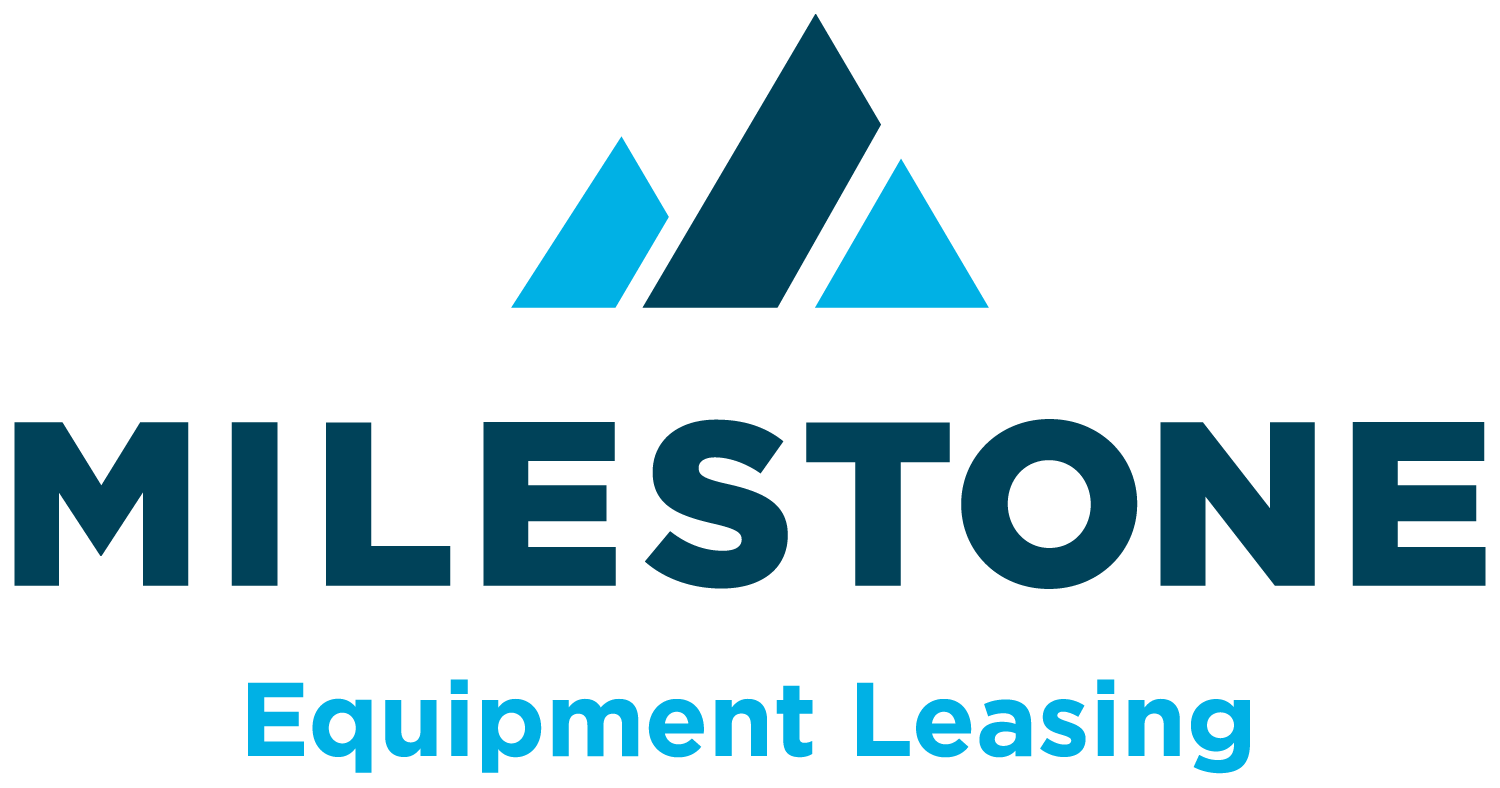












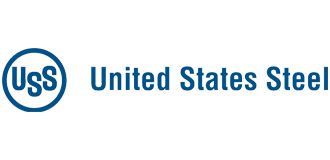
Comments